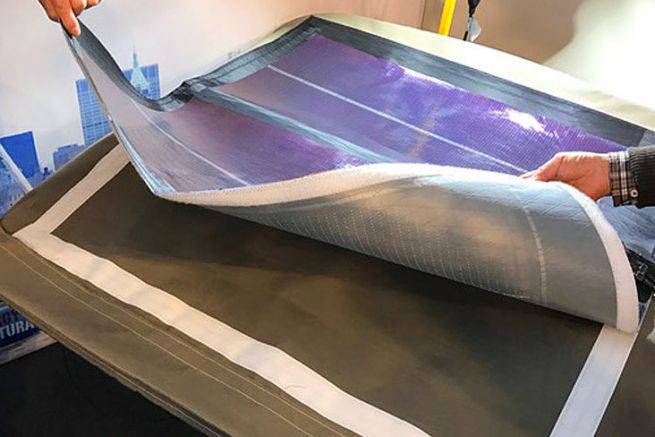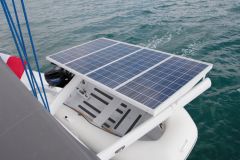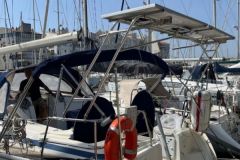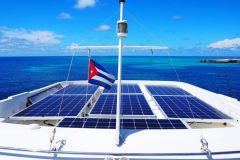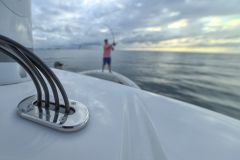A solar panel as flexible as a fabric is no longer a futuristic vision. Imagined and designed by Alain Janet, these panels have now entered a new phase: mass production.
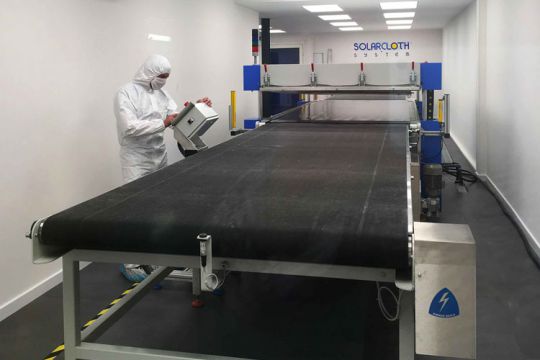
Industrialized manufacturing
Very thin and flexible enough to be rolled into a tube, these panels have now entered a phase of industrial production. For this purpose, Alain Janet, after a fund raising, had a "clean room" built to laminate the cells (a real laboratory with airlock and overpressure to avoid dust).
This new tool was able to considerably reduce manufacturing times (and therefore the selling price). "Before, to make panels like the ones we installed in Conrad Colman's sails for the 2016-17 Vendée Globe, it took us 2 days with 2 people, or around 24 to 28 hours," explains Alain Janet, "Now, the machine makes the same surface in 1 hour max!
Thus the price of ultra flexible panels becomes reasonable and above all accessible. Industrialized manufacturing has indeed made it possible to lower the price by 34%! From now on, Solar Cloth panels are barely 15% more expensive than so-called "flexible" panels (more exactly semi-rigid panels).
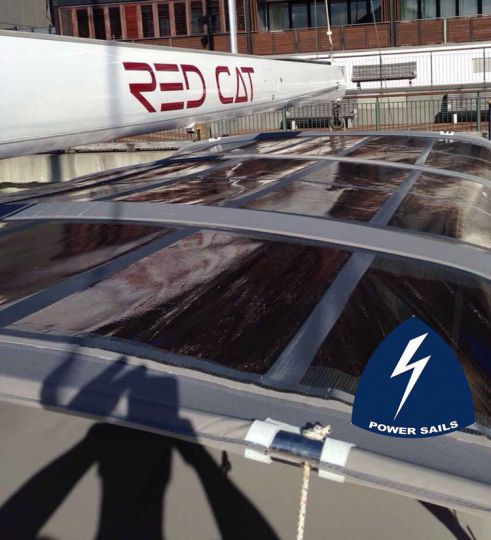
For what use on a boat?
These panels are so flexible and light that they can be installed in a sail. This was the case on Conrad Colman's IMOCA during the last Vendée Globe. It is also particularly relevant in the case of a "zero emission" project where the boat has an electric auxiliary engine. In this case, it is while sailing under sail that it recharges its batteries, which will be used with the electric propulsion for port manoeuvres. But apart from this specific use, the mounting of the panels on the sails is not really usable for "classic" yachtsmen. Indeed, during a cruise or even a long voyage, more time is spent at anchor, with the sail lowered or rolled up, rather than hoisted and exposed to the sun.
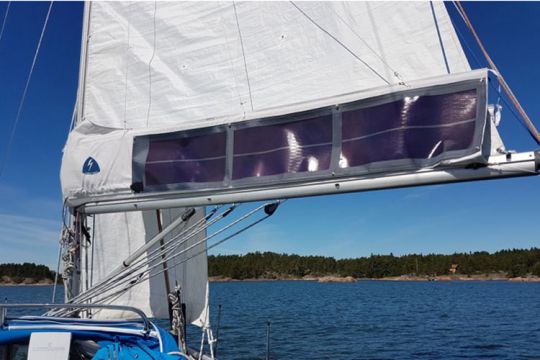
On the other hand, for these sailors, biminis, hoods or other lazy bags always remain on station, both when sailing and at anchor. On our boats, this is still the best place to affix signs. Solar Cloth offers a model with Velcro ready to be applied above the canvas.
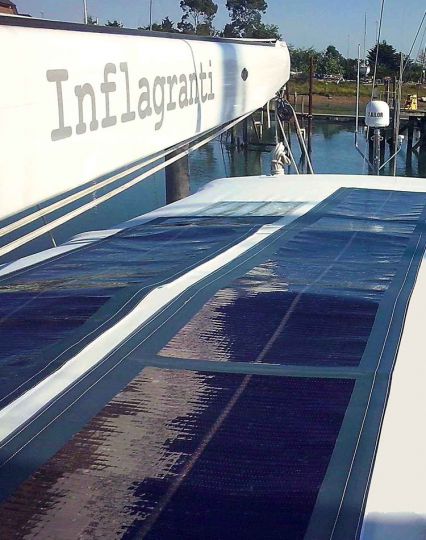
What production can we expect?
While rigid panels offer 100 W/m2, Solar Cloth's ultra-flexible panels produce 75 W/m2. This is certainly a lower output, but their presence always on station, offers them a good capacity to convert solar energy.
The connection of these panels is very simple since the 2 wires that come out (a positive and a negative) are simply connected to a regulator (like all solar panels).
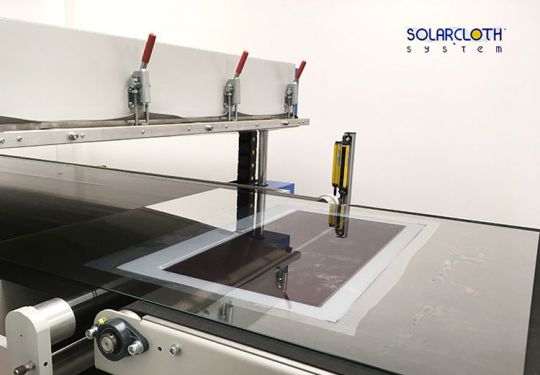
And in the future?
In view of its know-how, Solar Cloth is today in demand in many fields outside the boating industry. In space with CNES for example, for stratospheric solar sails, in agricultural projects with INRA, with ENGIE to electrify the greenhouses on the island of Sainte-Honorat (opposite Cannes)..
As far as boating is concerned, new products intended more particularly for renters (sun awnings attached to the boom) should be available for the METS (November 2017 - stand 05.446 French Pavilion). A Route du Rhum project is also underway and it is the famous elucubrator Antoine (the singer and circumnavigator) who would like a bimini for his dinghy in order to recharge the battery of his electric motor. A solution that will be delivered during the Nautic (in Paris in December 2017).

 /
/ 